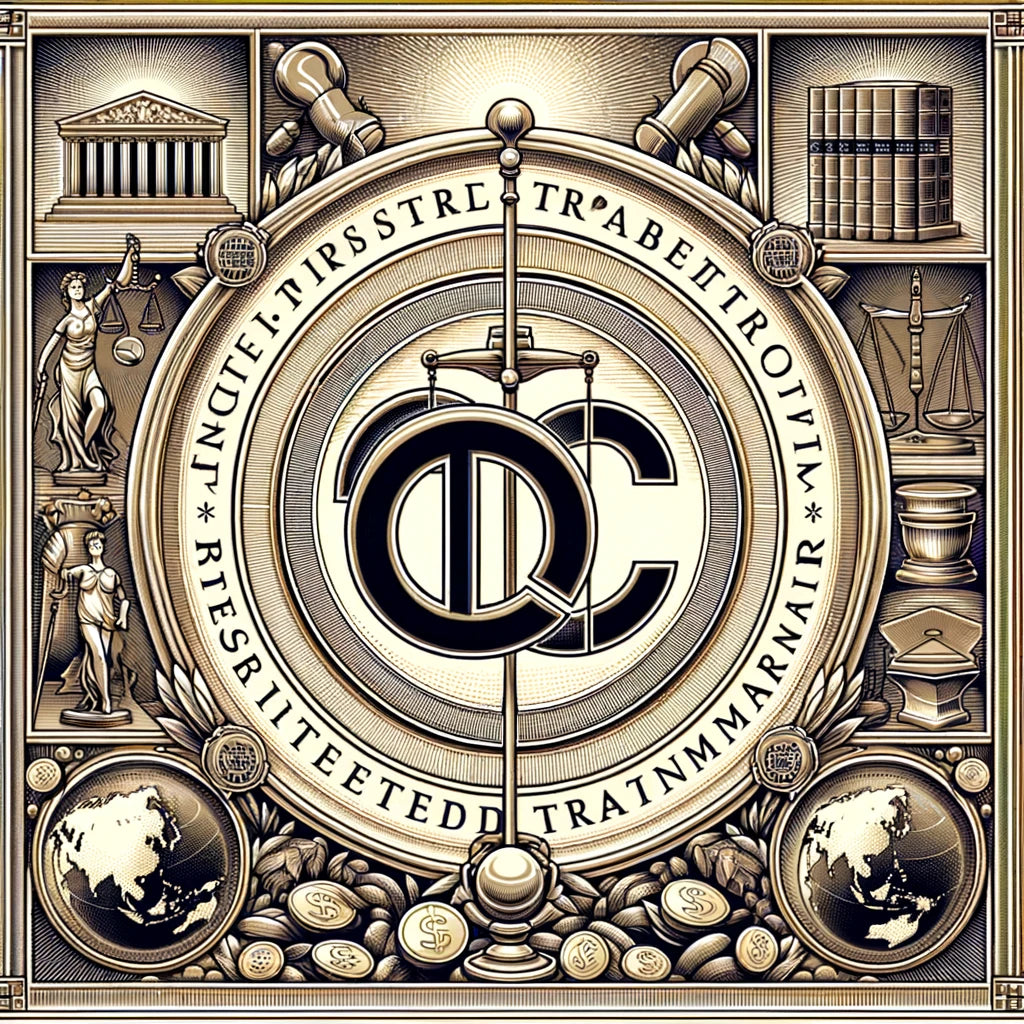Your cart is empty now.

Trademark Symbols - the difference between TM and R with circle
- 08 April, 2024
- Nyall Engfield
The trademark symbol, represented as ™ superscript (for an unregistered trademark, that is, a mark used to promote or brand goods) and ® - R with circle (for a registered trademark), has a rich history intertwined with the evolution of commerce, law, and technology. The usage of these symbols is a fundamental aspect of intellectual property law and serves multiple purposes, including notifying the public of the claim of ownership of the mark, protecting against counterfeiting and fraud, and helping to avoid legal disputes. This exploration will delve into the origins of the trademark symbol, its legal and cultural significance, and the reasons behind its widespread use today.
Origins and Evolution
The concept of trademarks goes back to ancient times when artisans placed marks on their creations to indicate source, origin, or quality. These early marks are the precursors to today's trademark symbols. However, the formal system of trademark registration and the use of specific symbols to indicate a trademark's registration status are relatively modern developments.
In the United States, trademark law began to take shape in the late 19th century, with the passage of the Trademark Act of 1870. This act was the first federal statute to provide for the registration of trademarks, although it was later struck down by the Supreme Court. It wasn't until the Trademark Act of 1881 that a more robust and lasting framework was established. The use of the ® symbol became standardized with the Lanham Act in 1946, which remains the primary federal statute governing trademarks in the U.S. today. The ™ symbol, however, has been used more informally to denote a trademark claim on a mark that is not registered or is in the process of registration.
Legal Significance
The primary legal significance of the trademark symbol lies in its ability to communicate the status of a mark's registration. The ® symbol is reserved exclusively for marks that have been officially registered with the relevant governmental authority, such as the United States Patent and Trademark Office (USPTO) in the United States. Use of the ® symbol with a mark that is not registered is unlawful and can lead to legal penalties. On the other hand, the ™ symbol can be used with any mark that a company or individual claims as a trademark, regardless of whether the mark is registered.
These symbols play a critical role in trademark protection. They act as a public declaration of the owner's claim to the mark, which can deter potential infringers and counterfeiters. Furthermore, the use of the trademark symbol can strengthen the owner's position in legal disputes, as it demonstrates the owner's active efforts to protect their intellectual property.
Cultural and Commercial Impact
Beyond their legal implications, trademark symbols have also become deeply ingrained in commercial culture. They signify brand identity and quality assurance to consumers, helping to differentiate products and services in a crowded market. The symbols communicate a message of credibility and reliability, reassuring customers that they are purchasing from a legitimate source.
The symbols have also played a role in the globalization of trade. As companies expand their operations internationally, the use of trademark symbols helps protect their intellectual property across different jurisdictions, provided that they adhere to the local laws and registration procedures.
Challenges and Controversies
While the trademark symbols are powerful tools for brand protection, their use is not without challenges. The global nature of commerce and the internet has complicated the enforcement of trademark rights. A mark that is registered and protected in one country might be unregistered or used differently in another, leading to conflicts and legal challenges.
Additionally, the digital age has seen an increase in trademark dilution, where the widespread and unauthorized use of a mark diminishes its distinctiveness and value. The misuse of trademark symbols, either through ignorance or deliberate infringement, poses ongoing challenges for trademark owners and legal professionals.
Conclusion
The trademark symbol stands as a key component of the intellectual property landscape, symbolizing the balance between innovation, commerce, and legal protection. From its origins in ancient craftsmanship to its role in modern global commerce, the trademark symbol has evolved to meet the needs of an ever-changing world. Its use underscores the importance of trademarks not only as tools for business but also as essential elements of a legal framework designed to protect the creativity and integrity of brands worldwide.
Search
Archive
- August 2024



